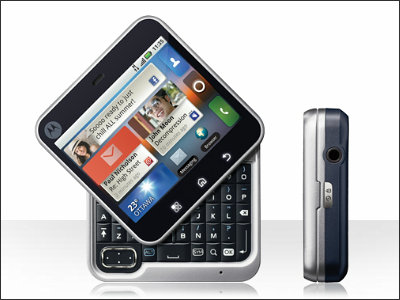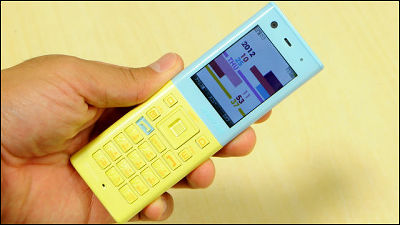Why did Nokia, the world's largest mobile phone manufacturer, fall?

by
Nokia, a telecommunications terminal manufacturer headquartered in Finland, was the world's largest mobile phone manufacturer until 2011. However, after that, the company slumped and was acquired by Microsoft in 2013, and at the time of writing, its main business is manufacturing communication infrastructure equipment. TextQuery, which develops communication analysis software, explains on its official blog why Nokia, the world's largest mobile phone manufacturer, has declined.
Nokia Made Too Many Phones
https://textquery.app/2024/02/06/nokia-made-too-many-phones/
Nokia was founded in 1865 by Fredrik Idestam, a Finnish-Swedish mining engineer. When Nokia was first established, it operated a pulp mill used in paper manufacturing, but as its business expanded, it expanded to include rubber and cable factories, as well as manufacturing products related to power infrastructure.
Nokia entered the telecommunications infrastructure business in the 1970s, more than 100 years after its founding, and originally manufactured equipment for the Finnish Defense Forces, producing military communications equipment, radios, telephone exchanges, etc. Now you can.
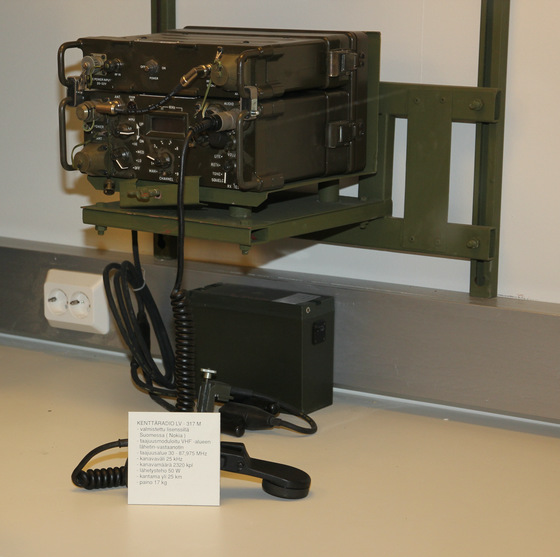
In the 1980s, Nokia entered the electronic computer market and released the minicomputer
In 1998, Nokia gained the top share of the global mobile phone market and maintained this position until the mid-2000s. Although Nokia focused its business on mobile phones and communications infrastructure, the idea of market segmentation was deeply rooted within Nokia, which had previously engaged in a wide range of businesses, manufacturing everything from toilet paper to tires. With the spread of mobile phones accelerating worldwide in the 2000s, and growth expected in emerging markets, Nokia aims to expand market share and improve customer satisfaction by rolling out a diverse product lineup. I did. In 2007, Nokia's market share reached over 40%.
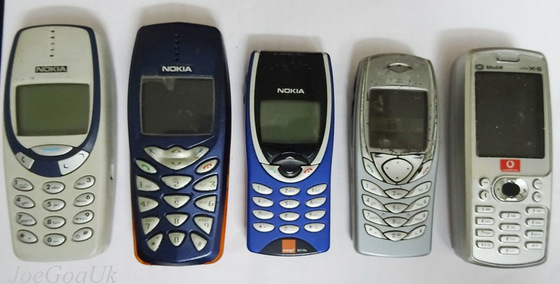
by
This was especially true in 2005, when Nokia launched over 50 new models in that year alone. This is more than Apple has released in the 16 years since the iPhone was introduced. Nokia's (PDF file) 2005 annual report states, ``For Nokia, a competitive mobile product portfolio consists of attractive features supported by the Nokia brand, quality, and a competitive cost structure.'' 'This means providing a broad and balanced range of commercially attractive mobile devices with functionality, design and functionality across all major consumer segments and price points.'
Nokia has created a large number of models that specialize in one purpose, such as business, music, and camera use. Displays ranged from 1-bit monochrome displays to 24-bit AMOLED displays.
For example, the Nokia 7600 released in 2003 features a unique leaf-like design, and the cover is replaceable. It is equipped with a 640 x 680 pixel digital camera that can also shoot videos.
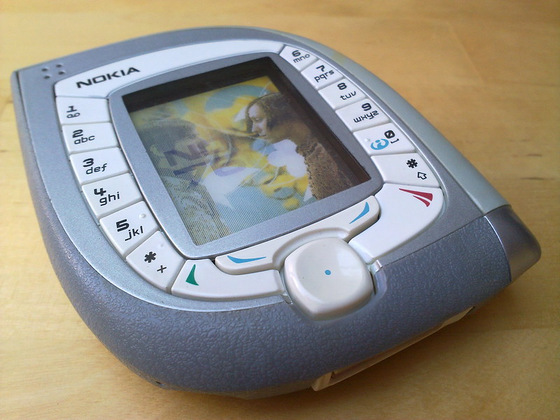
by
Nokia N-Gage is a gaming-specific mobile phone released in 2003. Game software is released on multimedia cards , and titles such as ``King of Fighters,'' ``Sonic,'' ``Tomb Raider,'' and ``Puzzle Bobble'' are on sale.
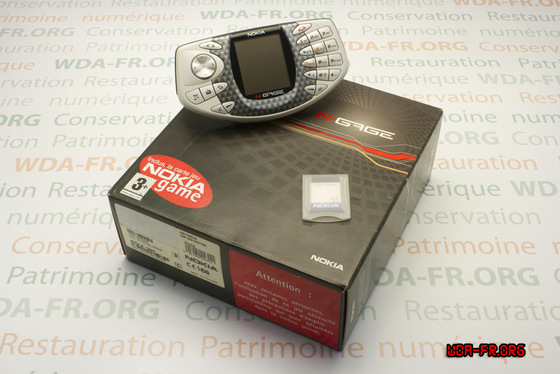
by Association WDA
The Nokia 7280, released in 2004, is a palm-sized mobile phone with a 'lipstick' appearance. Use the scroll wheel instead of the keypad.
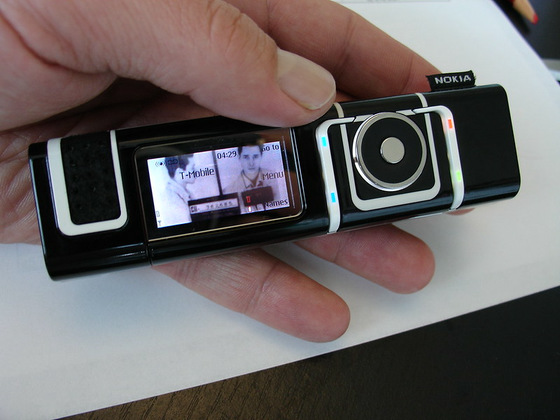
by
The Nokia N90 was a model that appeared in 2005, and was equipped with a rotating camera module, giving it the feel of a handy camera.
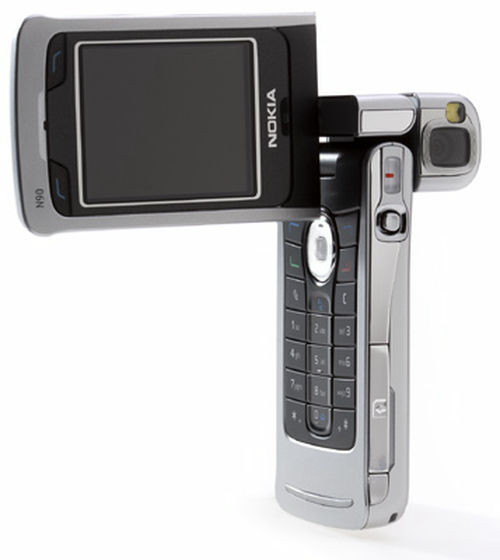
by Douglas Porter
Although these experimental designs were innovative in the mobile phone market at the time, practical issues were also pointed out, such as an inconsistent user experience and limited versatility. Nokia's pursuit of design diversity meant that it struggled to build a platform that would meet the needs of a large number of users.
Then, when Apple introduced the iPhone in 2007 and Google introduced Android in 2008, the smartphone market changed rapidly. Nokia was unable to adapt to the major changes in the spread of touchscreen interfaces and the app market, and in 2011, Samsung overtook Nokia in smartphone shipments, and from there Nokia's share declined rapidly, and in 2014 Microsoft This led to the company's mobile phone division being acquired by the company.
As a result, Nokia's strategy of over-diversifying its products led to a dispersion of development resources and an inconsistent user experience. It can be said that Nokia's failure to foresee market changes and make appropriate strategic changes led to Nokia's decline.
◆Forum now open
A forum related to this article has been set up on the GIGAZINE official Discord server . Anyone can write freely, so please feel free to comment! If you do not have a Discord account, please create one by referring to the article explaining how to create an account!
• Discord | 'Have you ever used a Nokia phone? Which model did you use and when?' | GIGAZINE
https://discord.com/channels/1037961069903216680/1219208363909582848
Related Posts:
